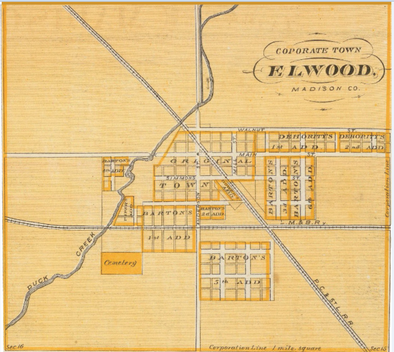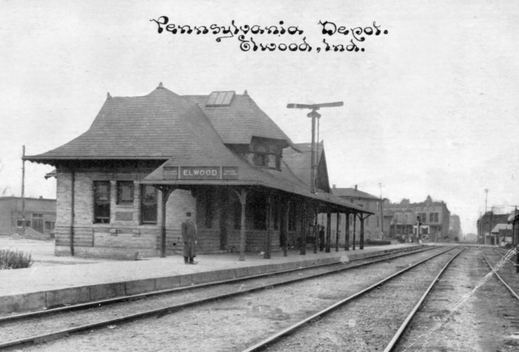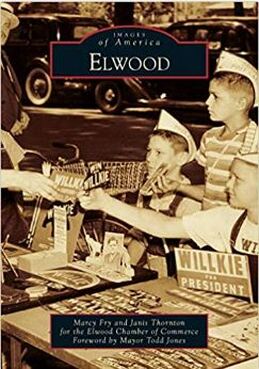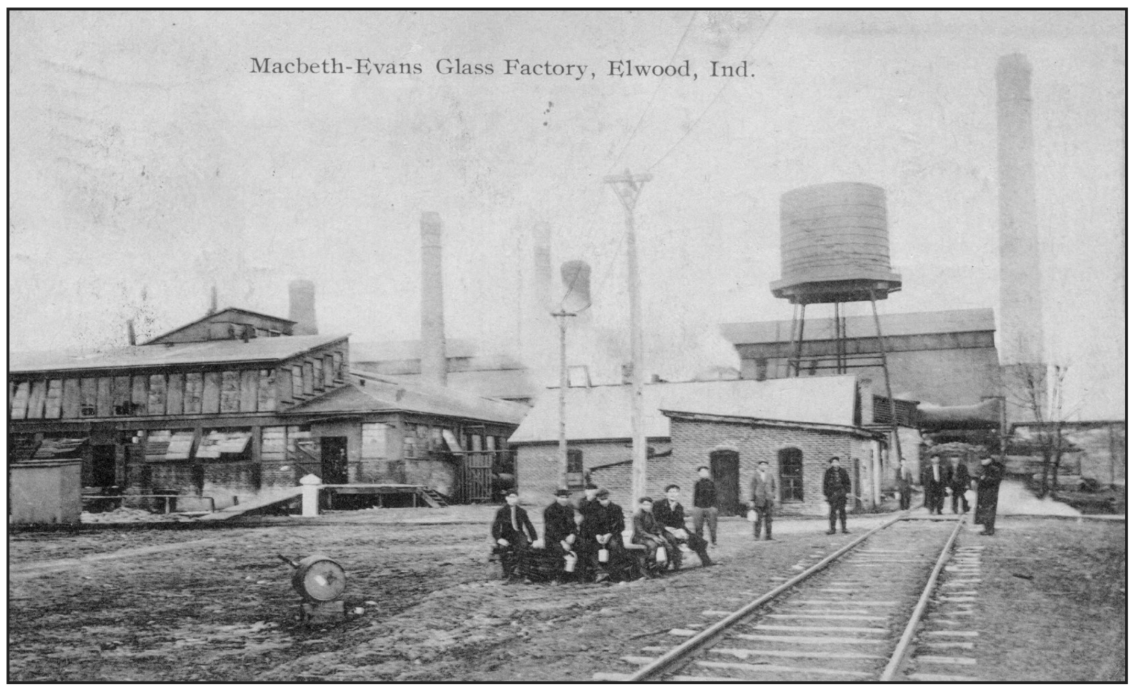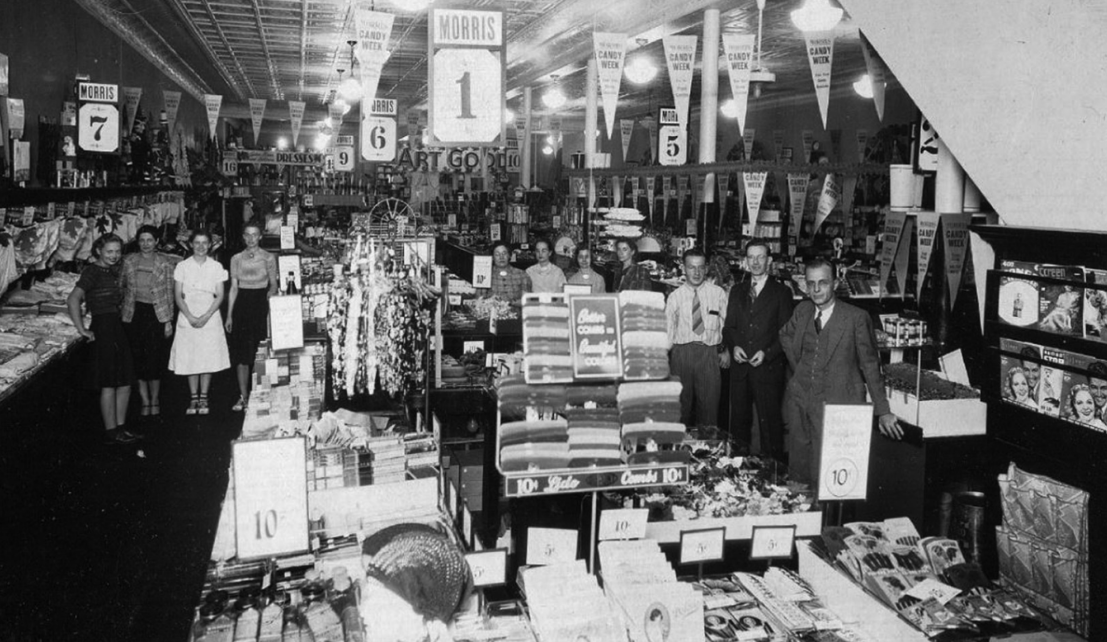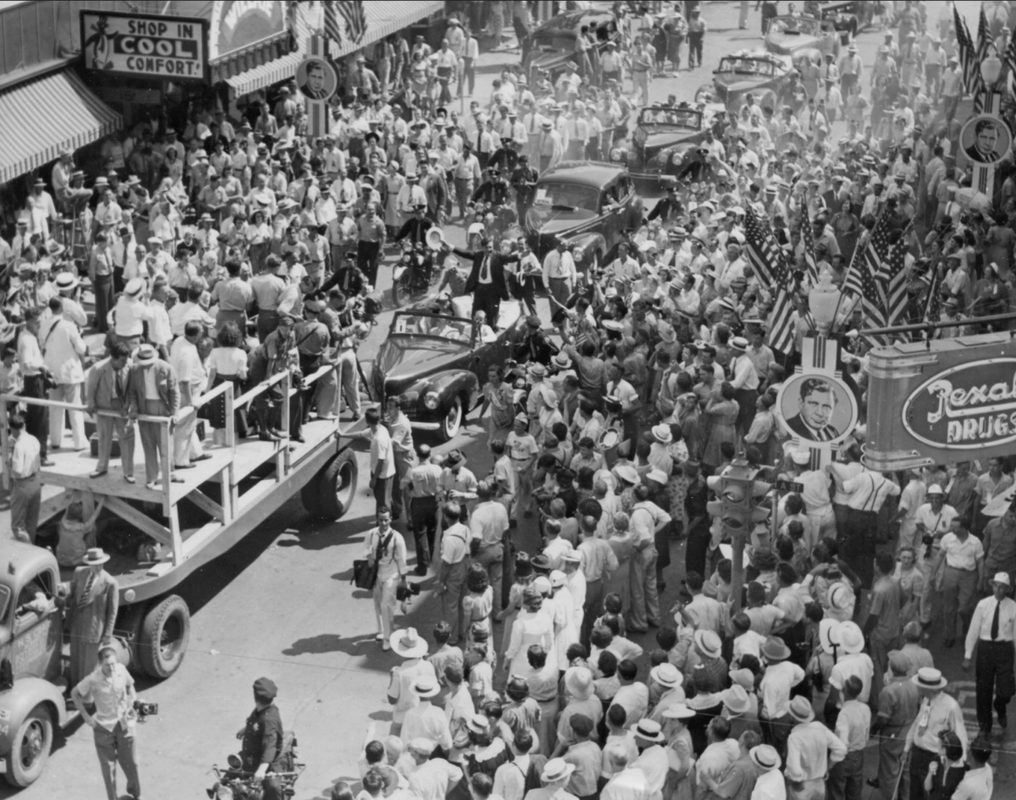The History of Elwood, Indiana
|
Elwood got its start in 1852, when a general store opened near what is now the intersection of Main at Anderson Streets. The next year, the town was named Quincy and laid out with three east-west streets and one north-south.
When residents wanted to build a post office, they learned there was already an Indiana town named Quincy. According to local lore, as local folks argued about a new name, someone pointed to a young boy named Elwood — the son of one of the town’s founders — and said, “Why not?” The town adopted its name in July 1869 and incorporated as a city in December 1872. At that time, the population totaled slightly over 300. The first railroad came through Elwood in 1857, when tracks for the Pan Handle were extended from Anderson to Logansport. Twenty years later, the Lafayette, Muncie and Bloomington line rolled through. The two systems triggered considerable growth in Elwood. |
|
Although the city’s development was steady, it was slow until 1886, when natural gas was discovered throughout east-central Indiana. Gas wells began springing up in Elwood soon after, supplying consumers with efficient heat and lights.
Thanks to gas, Elwood’s growth exploded in all directions from its downtown crossroads and along the railroad lines, attracting many new industries seeking cheap fuel. Manufacturing plants for Pittsburgh Plate Glass, MacBeth Evans Glass, Elwood Furniture Company, American Tin Plate Works, and many others quickly settled in Elwood. Plants meant jobs, and workers throughout the state, and beyond, filled them. Retail stores and professional services, in turn, opened throughout the city to meet the needs of the workers and their families. Those newly minted businesses and services created even more jobs. By 1909, Elwood’s population topped 11,000. Thanks in large part to gas. |
|
Unfortunately, almost as quickly as the gas boom appeared, it faded, and local industries that depended on the fuel began to vanish. Many felt the city’s future was doomed. Elwood’s citizens, however, were determined to save their hometown by recreating it.
Elwood was already rich with assets — robust buildings and business properties that could be refurbished for other uses, a large and reliable workforce, a strong infrastructure, and an enterprising, united community. Thus, community leaders teamed up and encouraged local people to launch new businesses, and they reached out to industries from other cities and states to relocate there. Consequently, numerous new manufacturing plants and businesses responded and moved to Elwood. By the start of World War II, Elwood was booming again. Today, Elwood citizens find it difficult to imagine horse-pulled buggies plodding along the gas-lit mud streets, plank sidewalks, wood-frame buildings, and the rumble of passenger trains rolling through. Few Elwoodites remain who remember the sugary taste of the Sweet Shop treats, or standing in line at Mangas Cafeteria for Sunday dinner, or cheering Wendell Willkie at Callaway Park, or exchanging waves with the beautiful Tomato Festival queen as her float passed them by, or shopping for bargains at Leeson’s, or taking in a Hollywood film from the front seat of their car at the Elwood Drive-in Theatre, or rolling a strike at Ballard Bowl, or boarding a Chicago-bound train at Pennsylvania Station, or digging into a roast beef sandwich at Wolff’s Tavern, or strolling along Anderson Street on a Saturday night and greeting old friends long departed, and a million other cherished memories from days gone by. Today, thanks to the city’s rich past, Elwood is characterized as “The Heart of Hoosierland” and has a long, bright future to look forward to. (Excerpted from “Images of America: Elwood,” available for purchase at the Chamber office or by clicking the button below.) |
|

